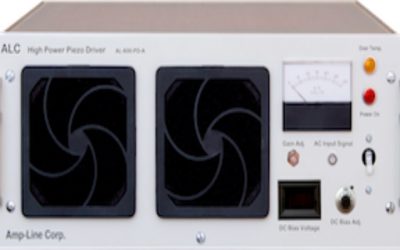As the demand for complex electronic devices continues to grow, so does the need for circuitry to process both analog and digital signals. Separate analog and digital ICs were once the norm, but smaller devices are increasingly pushing both systems onto a single chip. A mixed signal System-on-Chip, or MS-SoC can combine multiple chips into one, saving valuable board space and reducing both cost and production time. However, MS-SoC design and production is not without challenges. Here are a few of the issues designers may face:
Scaling
As digital circuitry has kept pace with Moore’s law, it has become clear that analog circuitry does not scale as easily or as effectively. In addition, scaling may result in higher production costs, diminishing the value of small gains in real estate. In some cases, reductions in scale for analog circuitry result in performance issues, such as increased power consumption, and these trade-offs must be considered in the overall design.
Noise
With both analog and digital circuitry residing on a single die, the noise generated by the digital circuitry can interfere with analog performance. In some cases, additional digital circuitry can be used to correct the analog signal, but this can require a slightly larger geometry. Careful circuit planning, as well as modeling and simulation of mixed signal systems can help detect issues early and avoid costly modifications.
Testing
Digital testing is far more efficient than analog testing, and it is not unusual for the analog portion of the circuit to require a majority of the test development time. Built-in test circuits can aid testability, but these circuits also increase the size of the chip and must be planned into the design from the start. Analog testing is difficult to fully automate, which poses additional challenges for the designer.
Design Collaboration
In traditional mixed signal designs, analog and digital designers work separately, but MS-SoCs require a higher level of coordination between the analog and digital teams in order to produce a truly integrated system. Factors such as power distribution and timing, as well as placement of sensitive analog circuitry must be planned out carefully in order to prevent implementation issues.
Well-qualified designers who are capable of working with both analog and digital systems can be extremely valuable in producing fully integrated MS-SoCs. Working with an external partner who has mixed signal design expertise can help to reduce risk.
The use of mixed signal System-on-Chip technology is rapidly expanding and can be found in nearly every imaginable device. Design expertise in analog and digital integration and mixed signal technology is crucial for success in developing truly integrated, high performance SoCs.



